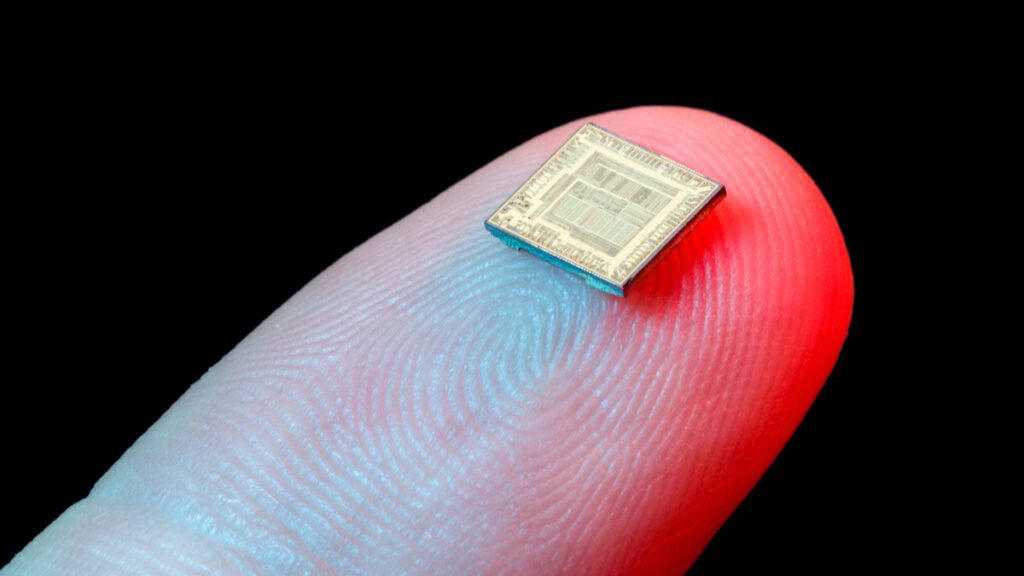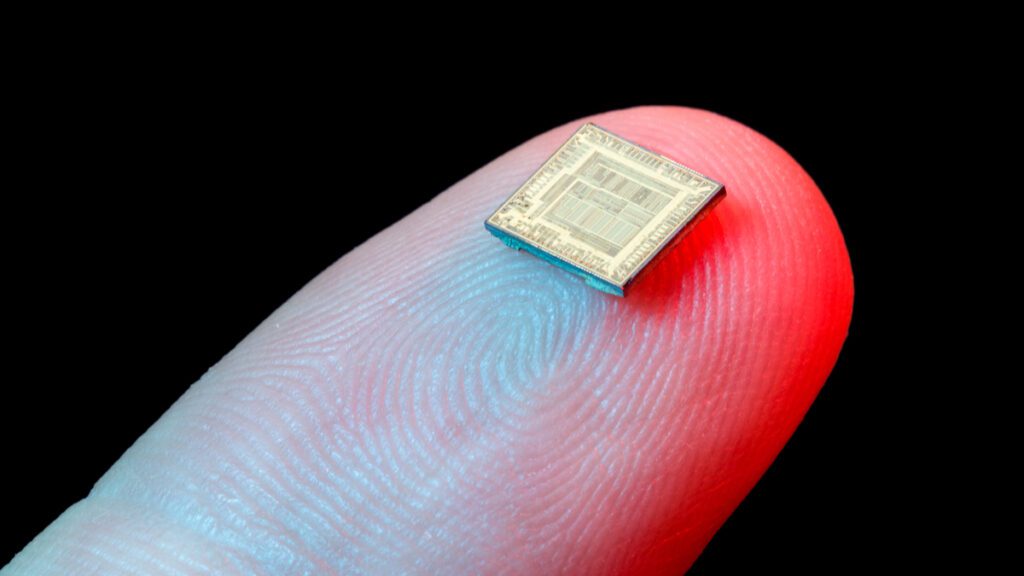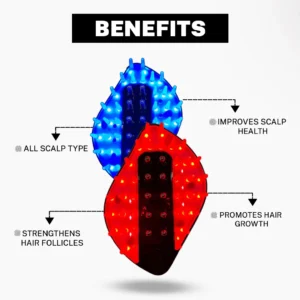Upcoming Skin Implantable Smartphones In India: How Do They Work?

Royal College of Art in London first invented the world’s first smartphone that could be embedded under skin. Their structure included a little chip that housed a recipient and a transducer. The collector could get cell phone signals, and the transducer could make an interpretation of them into vibrations.
When embedded in an individual’s skin, the transducer caused the tooth vibrate because of radio sign.
The physical structure of the jaw conveyed the tooth’s vibrations to the internal ear, where the client, and nobody else, could see them as sound.

How It Started?
The embed’s architecture held emotional exhibits of this rule utilizing a vibrating wand. Members affirmed that they could hear completely clear voices through their teeth. The makers utilized a wand for the showings instead of embed itself on the grounds that the embed did not really exist.
It was an idea, not a genuine gadget. Moreover, it wasn’t generally a telephone – it was progressively similar to one of the Bluetooth earpieces usually used today.
It had no components for dialing, putting away telephone numbers or whatever else that a telephone can do, other than transferring sounds to the audience. The hypothetical embed’s plan didn’t enable the client to address the gathering on the opposite part of the bargain.

Gazing Into The Future
Despite the fact that it wasn’t really a working telephone, the Royal College of Art undertaking got individuals contemplating implantable telephone innovation. Mobile phones have gotten much smaller and better since they hit the market, so one that is small enough to fit inside an individual appears to be unavoidable.
The ongoing prevalence of little, utilitarian Bluetooth earpieces has likewise made the possibility of an attentive, changeless embed appear to be suitable to many individuals.
These microchips use radiofrequency distinguishing proof (RFID) and close field correspondence (NFC).
RFID microchips can be utilized as passwords or keys, while NFC chips can be utilized to store electronic charge cards or digital forms of money.
The inserts themselves are formed like chambers, which contain an organically protected epoxy pitch, the microchip, and a copper radio wire curl. Planned without a battery or power source, they stay inert until they come surprisingly close to a peruser gadget, which speaks with the gadget through an attractive field.
The pattern is especially well known in Sweden. In 2018, it was accounted for that, since 2015, more than 4,000 Swedish people had picked to have these modest microchips embedded in them under their skin.
Up until now, these small chips are for the most part used to open entryways and send computerized business cards.
Be that as it may, don’t anticipate that things should stop there – for instance, in 2017, a Swedish rail line included microchip filtering as an installment alternative for train administration. With the evolving biochip technology, cybersecurity also remain a big concern for many.








